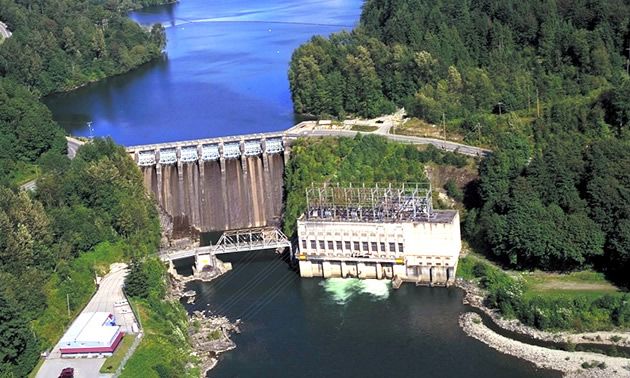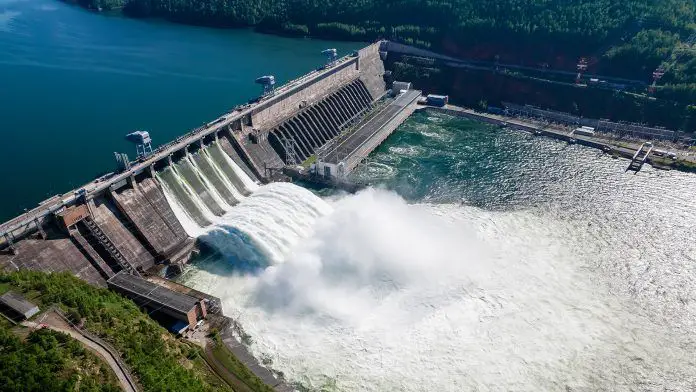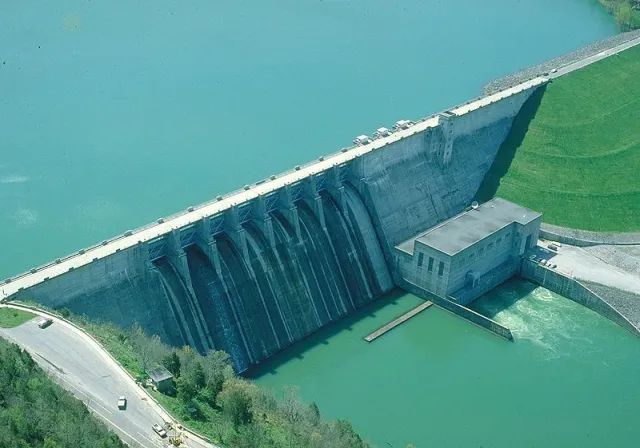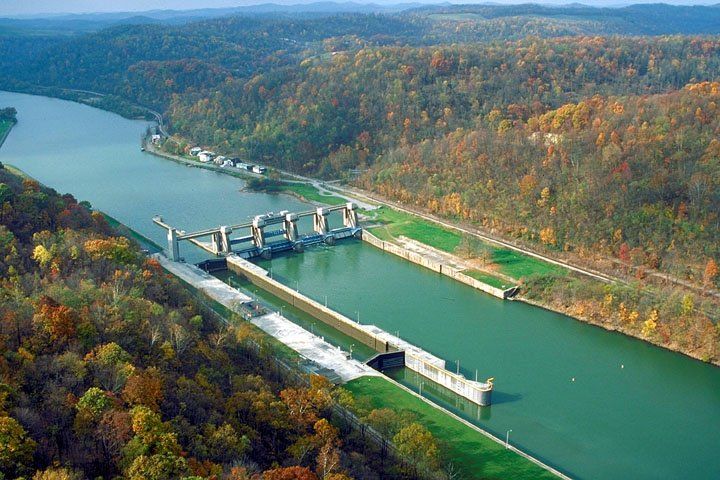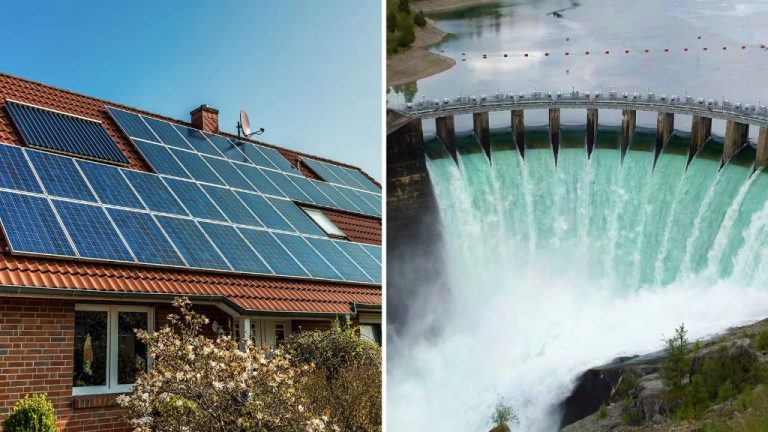How Is Hydropower Used In Everyday Life?
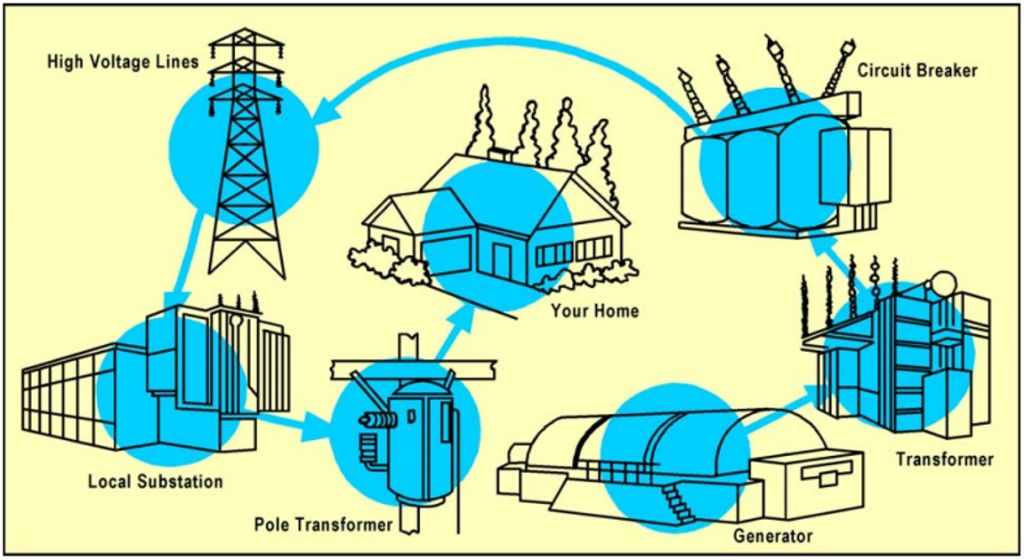
Hydropower refers to electricity that is generated by harnessing the power of moving water. It is considered a renewable source of energy as it relies on the water cycle and can be generated repeatedly without depleting resources [1]. Hydropower is the most widely used form of renewable energy and plays an important role in the global electricity supply. In 2020, hydropower accounted for over 16% of global electricity production [2]. It offers a clean, flexible and reliable source of energy that can help meet electricity demands without emitting greenhouse gases.
The importance and relevance of hydropower stems from its renewable nature, flexibility to meet peak demands, ability to store energy, and lack of carbon emissions. As concerns grow over climate change and dependence on fossil fuels, hydropower provides a proven technology to generate clean electricity on a large scale. Harnessing the power of water that is continuously renewed through the water cycle makes it a sustainable long-term energy solution.
History of Hydropower
Hydropower has been utilized as a source of mechanical power for thousands of years, with some of the earliest known uses traced to ancient Greece, China, and Rome [1]. Water wheels were used extensively during the Middle Ages to provide mechanical power for milling grain, sawing timber, and pumping water. The use of hydropower expanded considerably during the Industrial Revolution, providing an efficient and reliable power source for the growing textile industry.
In the late 19th century, technology was developed to generate electricity using falling water. The first hydroelectric power plant was built at Niagara Falls in 1879, marking the beginning of commercial hydroelectric power generation [2]. In the early 20th century, large dams began to be constructed on American rivers, enabling widespread electricity transmission. Major projects like the Hoover Dam, Grand Coulee Dam and others provided cheap, abundant electricity that supported America’s industrial growth and expansion.
By the 1940s hydropower accounted for 40% of America’s electricity generation capacity. The creation of the Bureau of Reclamation and Army Corps of Engineers ushered in an era of massive hydroelectric development that tapped into the large hydropower potential of rivers in the Western U.S.
Hydropower Generation
Hydropower is generated by harnessing the energy of moving water. Typically, hydropower plants rely on dams that store water in reservoirs. When released, the water flows through turbines to generate electricity before flowing downstream [1]. There are several types of hydropower turbines, such as Kaplan, Francis and Pelton turbines. They have curved blades that catch the kinetic energy of the flowing water, which causes the turbine shaft to rotate [2].
Unlike fossil fuel power plants that burn coal, gas or oil, hydropower generation does not involve combustion. This makes it a cleaner energy source that does not directly emit greenhouse gases or air pollutants. The spinning turbine turns an electrical generator to produce electricity. The amount of electricity generated depends on the volume and speed of the water flow [3].
Hydropower is considered renewable since it relies on the water cycle which is continuously replenished by the sun. However, the availability of hydropower depends on precipitation patterns and adequate water flows in the reservoirs.
Hydropower Capacity
According to the 2022 Hydropower Status Report by the International Hydropower Association, global hydropower capacity reached 1,339 GW in 2021, up from 1,267 GW in 2020 (https://www.hydropower.org/publications/2022-hydropower-status-report). The top countries for installed hydropower capacity in 2021 were China at over 352 GW, Brazil at 109 GW, and the United States at 102 GW.
China continues to lead in growth of hydropower capacity, installing over 30 GW of new capacity in 2021. The next largest growth was in Turkey, which added 5.5 GW. Other countries showing significant growth include Ethiopia, Laos, Nepal and Vietnam (https://www.iea.org/reports/hydropower-special-market-report/executive-summary).
Global hydropower capacity is expected to reach around 1,595 GW by 2024, led by continued growth in the Asia Pacific region according to Statista (https://www.statista.com/statistics/1179170/global-hydropower-capacity/).
Uses of Hydropower
Hydropower is used in various ways in everyday life. The most common use is for electricity generation. According to Pros and Cons of Hydroelectric Energy, hydropower plants convert the kinetic energy of flowing water into electricity using turbines and generators. In 2015, hydropower accounted for over 6% of total electricity generation in the United States. Large hydropower plants can generate hundreds of megawatts of power and provide baseload electricity to the grid.
Hydropower is also used for industrial applications such as mining and refining operations. The consistent flow of hydroelectricity allows factories and mills to operate heavy machinery and meet high energy demands. Additionally, the water itself from reservoirs and dam systems is used for industrial processes like washing, cooling, and transportation.
At a residential level, hydropower can provide electricity to homes in rural and remote areas not connected to the main electrical grid. Small-scale hydropower projects harness the energy from streams, canals, and microdams to generate enough power for lighting, appliances, and other household needs.
Hydropower in Daily Life
Hydropower is used extensively in everyday life to power home appliances, public services, and infrastructure. In homes, hydropower helps power common appliances like refrigerators, washing machines, dishwashers, and air conditioners. Public waterworks like sewage treatment plants and water pumping stations often rely on hydropower from dams or micro-hydropower installations. Larger scale hydropower generates electricity that powers infrastructure like street lighting, electric public transportation, and electric vehicle charging stations in cities. According to one source, hydropower accounts for over 90% of renewable energy production in some countries, making it an essential part of daily life.
At the utility level, hydropower is used to meet baseload power needs, often alongside other renewable sources like wind and solar power. Pumped storage hydropower helps store energy and balance electricity supply and demand. With increased focus on clean energy and energy storage, hydropower’s role in supporting renewable energy integration and providing grid stability is expanding. Though not as visible as wind turbines or solar panels to the average person, hydropower remains a major provider of affordable and reliable electricity for homes, businesses, and infrastructure.
Source: https://physicsinmyview.com/2021/11/advantages-of-hydropower.html
Environmental Impacts
Hydropower projects can have major environmental impacts by disrupting river ecosystems and habitats (Source: https://www.energysage.com/about-clean-energy/hydropower/environmental-impacts-hydropower/). Damming rivers for hydropower projects fragments aquatic habitats, prevents fish migration, and alters natural water flows. This can negatively impact biodiversity by disrupting the habitats of fish, birds, and other species that rely on rivers.
While hydropower itself does not emit greenhouse gases, the reservoirs created by dams emit methane due to the decay of organic matter underwater. Methane has 25 times the global warming potential of carbon dioxide. However, hydropower reservoirs still generally emit fewer lifecycle emissions than fossil fuel power plants (Source: https://www.trvst.world/renewable-energy/environmental-impacts-of-hydropower/).
Economic Impacts
Hydropower can have several positive economic impacts for a region. According to a 2017 study, hydropower projects can lead to job creation, especially during the construction phase. The study estimates that large hydropower dams in Brazil created around 44,000 direct jobs. In addition to construction and operation jobs, the reservoirs formed by dams open up opportunities for recreation and tourism.
Hydropower can also help reduce electricity costs over time. While the initial investment for building dams and power plants is high, the cost of generating electricity from hydropower is relatively low once the infrastructure is in place. According to the U.S. Department of Energy, hydropower is one of the lowest-cost renewable energy technologies available today. The average cost of electricity from hydropower in 2020 was around $55 per megawatt-hour.
Developing domestic hydropower resources can also improve a nation’s energy independence and security. Countries with substantial hydropower capacity like Canada and Norway are able to generate most of their electricity from local renewable sources rather than importing fossil fuels. This reduces vulnerability to global energy price fluctuations.
Future of Hydropower
Hydropower has significant potential for future growth in the United States. According to the U.S. Department of Energy, the country could feasibly increase its hydropower capacity from 101 gigawatts to nearly 150 gigawatts by 2050.
New technologies and applications for hydropower are emerging that can aid in this growth. For example, new turbine designs and materials can allow hydropower facilities to operate more efficiently and make use of water resources that were previously inaccessible. Additionally, new pumped storage hydropower technologies can help integrate renewable energy sources like wind and solar onto the grid by providing storage capabilities.
There are also opportunities to add small hydropower systems to existing dams and conduits for increased capacity. The DOE estimates that if installed at all feasible sites, these small systems could provide an additional 21 gigawatts of power. With the right investments and policies in place, hydropower can continue expanding its role in the nation’s renewable energy portfolio.
Sources:
U.S. Department of Energy
Conclusion
In summary, hydropower is an important renewable energy source that plays a vital role in our everyday lives. Hydropower accounts for over 7% of total U.S. electricity generation and over 40% of renewable electricity generation. With flexible generation capabilities and storage capacity, hydropower provides reliable electricity to meet demand.
Hydropower is an essential component for building a sustainable energy future. The development of new hydropower projects and upgrades to existing infrastructure will help increase capacity and ensure the continued reliability of this renewable resource. Investing in hydropower aligns with larger efforts to reduce dependence on fossil fuels and transition to clean energy sources like wind and solar.
As a renewable and largely carbon-free energy source, hydropower will only grow in importance in the coming decades. With growing electricity demand and aims to cut greenhouse gas emissions, hydropower can play a major role in displacing more carbon-intensive energy generation. Continued technological innovations and sustainable development of hydropower resources will allow for increased capacity while minimizing environmental impacts.
In our everyday lives, hydropower provides affordable, reliable electricity that powers our homes, businesses, and cities while advancing national clean energy goals. As both a foundation of our energy portfolio and a catalyst for further renewable energy growth, hydropower remains an invaluable technology for building a sustainable energy future.

